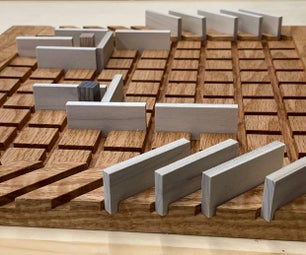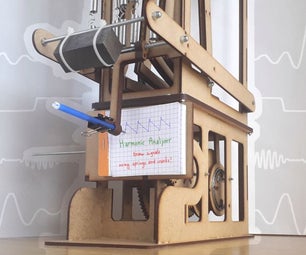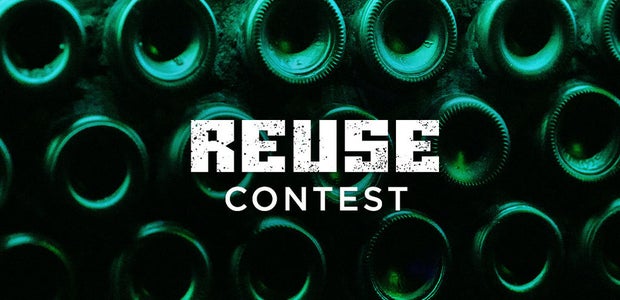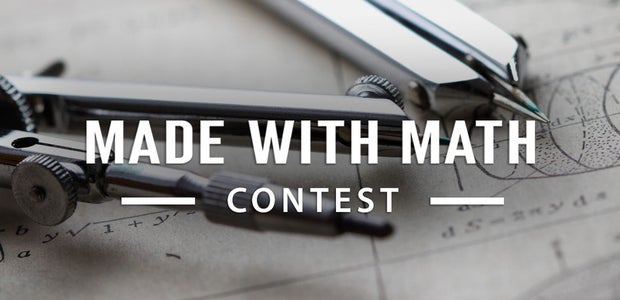Electrolysis a method of separating elements by pushing an electric current through a compound. It is used in various industrial applications such as removing copper from its ore. It is also used to separate hydrogen and oxygen from water. Electrolysis isn't the most efficient way to obtain hydrogen, but it is one of the easiest and cheapest ways to "homebrew" hydrogen.
Hydrogen is the most abundant element in the universe. With the "green-energy" craze and talk of powering our future oil-free economy on hydrogen, it has gotten much attention in the last few years. Learning about this potential fuel of the future is important and interesting. Besides, hydrogen is a powerful fuel, and blowing stuff up in the name of science is fun .
Teacher Notes
Teachers! Did you use this instructable in your classroom?
Add a Teacher Note to share how you incorporated it into your lesson.
Step 1: Electrolysis of Water - an Explanation
This section is an explanation of the electrolysis of water, feel free to skip it if you don't find it interesting.
2H2O(l) = 2H2(g) + O2(g)
As everyone knows a water molecule is formed by two elements: two positive Hydrogen ions and one negative Oxygen ion. The water molecule is held together by the electromagnetic attraction between these ions. When electricity is introduced to water through two electrodes, a cathode (negative) and an anode (positive), these ions are attracted to the opposite charged electrode. Therefore the positively charged hydrogen ions will collect on the cathode and the negatively charged oxygen will collect on the anode.
When these ions come into contact with their respective electrodes they either gain or lose electrons depending on there ionic charge. (In this case the hydrogen gains electrons and the oxygen loses them) In doing so these ions balance their charges, and become real, electrically balanced, bona fide atoms (or in the case of the hydrogen, a molecule).
The reason this system isn't very efficient is because some of the electrical energy is converted into heat during the process. There have been reports of 50%-70% efficiency, but I doubt that is possible in a home environment. Anyway, enough with the boring stuff, lets go make some gas!
Step 2: Materials
****DISCLAIMER**** You are putting electricity into water. It has the potential to be dangerous. Do so at your own risk. Be smart about it. If you wouldn't touch it with your hands don't stick it in the water. If you're worried about it wearing rubber gloves will give some extra insulation. ****DISCLAIMER****
****DISCLAIMER**** Hydrogen is highly flammable and explosive (think Hindenburg). The amount we're making isn't extremely dangerous, but be careful. Flying shards of glass are never fun.****DISCLAIMER****
Separating Hydrogen and oxygen from water is really simple. It can be as easy as sticking two wires leading from a battery into water and watching the bubbles form. We however want to collect all the little bubbles, so its just slightly more complicated.
Things you will need:
@ (1) Med.Container - To hold water. Preferably clear so you can see whats going on.
@ (1 or 2) Gas Collecting Containers - A test tube, or an old soda bottle like me. Also clear. 2 if you want to collect both the hydrogen and the oxygen
@ (1) Power Source - I use a 12v 1000mA adapter, 9v batteries (in a series) and other sources work too. Bigger the power source, faster the bubbles form.
@ (2) Graphite Electrodes - Optional. You can stick a bare wire into the water, but it corrodes pretty quick. You can pull them out of a 6v Lantern Battery
@ Salt
@ Water
Step 3: Water and Salt
Water alone is not a very good conductor. You need to add some sort of electrolyte. Regular old table salt works fine. Add as much as will dissolve into the water, and don't worry about it if there is some sitting on the bottom, it really doesn't matter. Pour this salt/water solution into your med. container, and also fill your 1 or 2 gas collecting containers
Step 4: The Tricky Part
Ok, this is the tricky part. You need to flip the gas collecting container(s) upside down in the med. container, so that no air is trapped in the gas container(s). I do it by holding my thumb over the hole, and flip it really quickly. Its not a huge deal if air is trapped, your hydrogen just won't be pure.
Step 5: The Electrodes
Now take the two electrodes leading from your power source. The hydrogen will form on the positive electrode, and the oxygen on the negative. If you don't know which is which, turn on the power source and stick the electrodes in the water. The one with more bubbles is the hydrogen. Now stick the electrode underneath the gas collecting container. (turn off the power first) If you're having trouble making the gas collecting container stay up, and the electrode stay in the right place, tape it. Thats what I do anyway.
Step 6: Thats It!
Thats it! Turn it on, and watch it bubble. The amount of time it takes depends on how powerful your power source is. Stronger it is, faster it bubbles. Mine takes about 5 min for a test tube.
The electrodes do corrode if you don't have graphite, its pretty gross, but i don't think its dangerous. (don't quote me)
Here is a video of it bubbling:
Step 7: Further Ideas
When your gas collecting container is full, try lighting it. The hydrogen will give a very satisfying *POP*, and the oxygen won't do anything.
Here's a Video (sorry for not wearing a shirt =0 ):
Notes:
For a bigger and better explosion, put both electrodes into the gas collecting container. Hydrogen needs oxygen to burn, and the ratio of 2:1 is the best ratio. That is what we get when splitting water. You will get a much more powerful explosion.
I've personally always wanted to make a model rocket powered on hydrogen. I know that there is one that is sold on the market, but I don't remember what its called. I'll look for it.
T3Hprogrammer and Kiteman suggest using baking soda rather than salt as an electrolyte. Table Salt (NaCL) has the potential of producing chlorine gas and sodium hydroxide when introduced to electricity.
JakeTobak suggests using platinum electrodes instead of graphite as graphite will chip, splinter, and corrode. They're as cheap as a couple dollars, and can be found on Ebay (thanks Kiteman)
Further Reading:
@ Homemade Hydrogen by Theodore Grey http://www.theodoregray.com/PeriodicTable/Stories/001.1/
@ Fuel from Water: Energy Independence with Hydrogen by Michael A. Peavey via Amazon.com
@ Water Car - How to Turn Water Into Hydrogen Fuel via Amazon.com
2 People Made This Project!

robotsaregood made it!

maximus0 made it!
Recommendations
We have a be nice policy.
Please be positive and constructive.










824 Discussions
8 weeks ago
Thank you for this very simple way of splitting water. It is especially valuable how it keeps the o separate from the h. That means using this the gasses can be compressed, correct? As long as the pressure tanks start free from oxygen in the hydrogen and hydrogen in the oxygen tanks. From how I understand it compressing o with h can create an explosion by causing the two gasses to recombine into water from the pressure
9 years ago on Introduction
One thing people need to keep in mind with this kind of setup is that you are not going to get the kind of flow required to do any kind of work that will help MPG. These HHO system type things are sold on ebay with plans etc. The amount of work and energy required to get a substantial amount of gas is...substantial. I don't have a degree in physics, but used to run a machine that was designed to make pure O2 for submarines. It required 1050 amps of DC current to produce 120scfh with double that for Hydrogen which we disposed of overboard. The amount of gas produced from a 12 volt source is not enough to help your car. It's a cool science experiment for school, but that's about it. Former MM2(SS) A-gang type. (google what that is. I also used to run the CO2 scrubbers and COH2 burners for atmosphere control.)